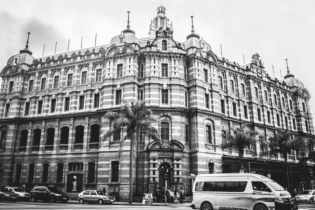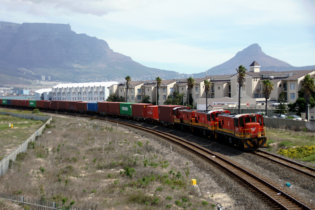by Steve Cornelius, head: Specialist Risk – Automotive and Transportation, Indwe Risk Services
Certain vehicles and loads cannot be moved on public roads without exceeding the limitations in terms of the dimensions or mass as prescribed in the Regulations of the National Road Traffic Act. Where such a vehicle or load cannot be dismantled into units that can be transported legally without disproportionate effort, expense or risk of damage, it is classified as an abnormal load. When the movement of an abnormal load is considered to be in the economic and/or social interest of the country, a special permit may be issued to allow it to operate on a public road for a limited period. Permits are normally issued by the provincial road authorities and, if necessary, input is obtained from local and metropolitan authorities. The permits are issued by the local provincial road authority and will require a combination of:- abnormal warning signage
- amber flashing lights
- marker lamps and reflectors
- escort vehicles.
- damage to the goods being transported
- damage to the vehicle transporting the goods
- damage to third party property
- injury or death of third parties
- environmental damage
- professional liabilityof independent, professionalengineers involved in route clearance and conveyance specifications.
The above mentioned potential exposures cover a wide range of insurance categories, including motor, marine, liabilities, and professional indemnity. These are mostly specialised insurance products and will need to be placed with specific insurers that have the capacity and expertise to provide the correct solutions.
Risk can be mitigated by ensuring that the correct vehicles are used, vehicles are correctly maintained and drivers have the required special driving licences. Additional cover when transporting hazardous and dangerous goods Hazardous and dangerous goods are listed in Standard Specifications by the SABS 0228 and governed under the South African Dangerous Goods Act. This Act will address issues such as professional driving permits, transport emergency cards and dangerous goods declarations. The major challenges related to the transporting of hazardous goodsare the risk of spillage, resulting contamination, loss or damage to the conveyance carrying the goods, loss of the goods being conveyed, damage to third party property and the death or injury to third parties. Indwe Risk Services specialises in insurance products that are designed to cover rehabilitationand recovery costs, and particular changes to existing motor vehicle products are required to deal with the transportation of hazardous goods. Liability in case of a spillage In recent years, the average cost of spillage, recovery and rehabilitation is running at over R400 000 per incident. Local authorities around the country are becoming stricter in their enforcement of spillage and clean-up costs, and in holding the transporter and owner accountable for consequential damage resulting from spillage. Civil liability can also be a catastrophic risk, and needs to be insured. In conclusion, it is clear that if a transporter is involved with either abnormal loads or hazardous goods transportation, it is essential that they adhere to statutory compliance requirements. It’s also important that all potential risks attached to these loads are identified, quantified and insured. The role of qualified brokers and specialist insurers cannot be ignored, and Indwe Risk Services’ team of experts is on hand to advise transporters of the correct insurance to cover their liabilities and risk, whatever their cargo.







